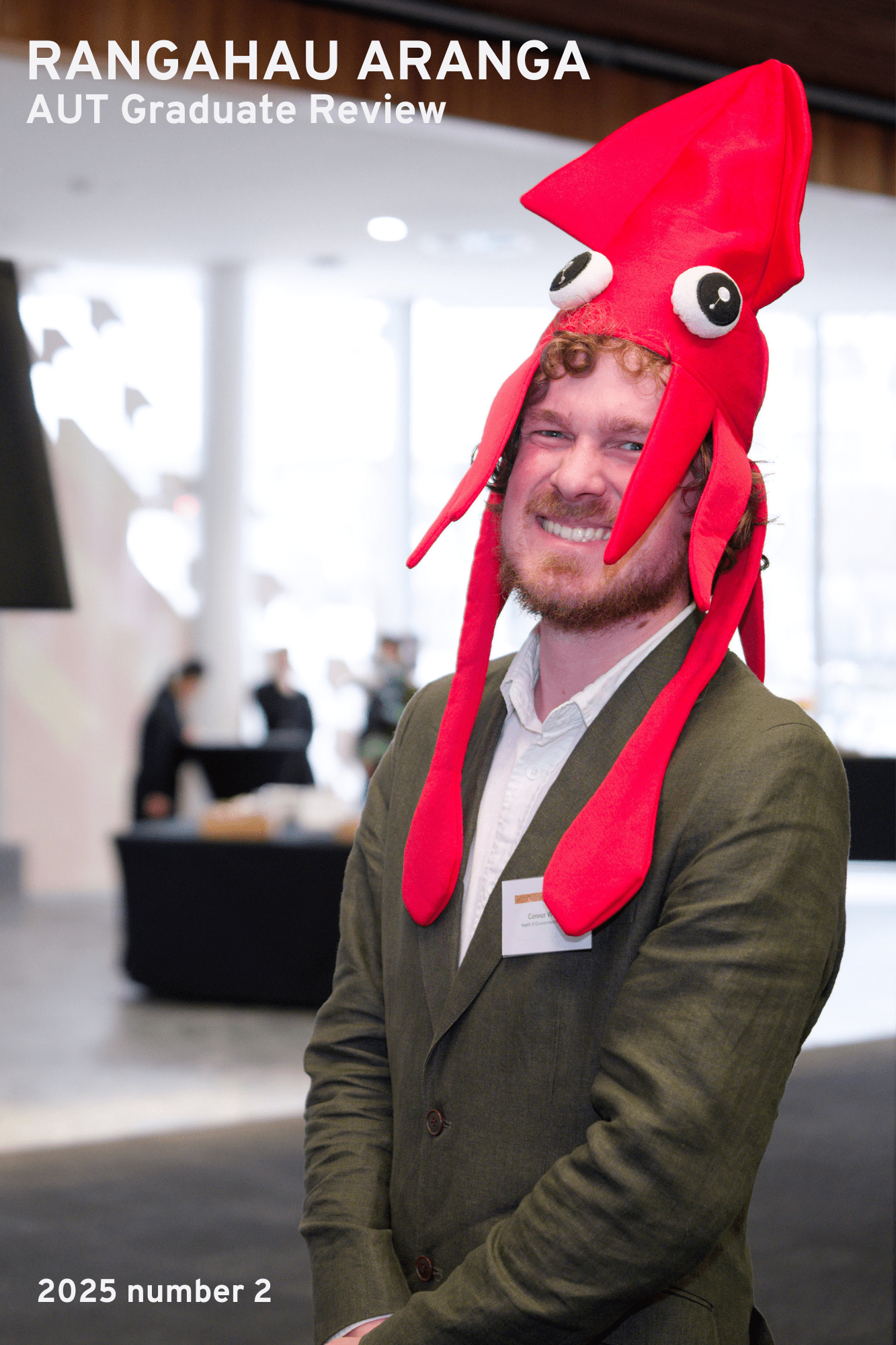
About the Journal
Rangahau Aranga: AUT Graduate Review is a fully open access, peer-reviewed journal run by and for postgraduate students at Auckland University of Technology.
Rangahau Aranga launched in 2022. It aims to showcase and celebrate the diversity of AUT's postgraduate, emergent scholarly and creative voices.






